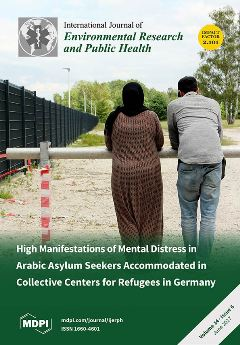1
Division of Plastic & Maxillofacial Surgery, Children’s Hospital Los Angeles, Los Angeles, CA 90027, USA
2
Department of Community Health Sciences and California Center for Population Research (CCPR), UCLA Fielding School of Public Health, Los Angeles, CA 90095, USA
3
Department of Medicine, Keck School of Medicine, University of Southern California, Los Angeles, CA 90033, USA
4
Department of Preventive Medicine, Keck School of Medicine, University of Southern California, Los Angeles, CA 90033, USA
5
Operation Smile Inc., Virginia Beach, VA 23453 USA
6
Departments of Pediatrics and Pathology and Laboratory Medicine, Keck School of Medicine, University of Southern California, Children’s Hospital Los Angeles, Los Angeles, CA 90027, USA
7
Operation Smile Vietnam, Hanoi 100803, Vietnam
8
Operation Smile Philippines, Makati City 1209, Philippines
9
Department of Surgery, Faculty of Medicine and Surgery, University of Santo Tomas, Manila 1008, Philippines
10
Operación Sonrisa Honduras, Tegucigalpa 11101, Honduras
11
Operation Smile Morocco, Casablanca 20 000, Morocco
12
Departments of Pediatrics and Biochemistry and Molecular Biology, Keck School of Medicine, University of Southern California and Children’s Hospital Los Angeles, Los Angeles, CA 90027, USA
13
Department of Medicine, Samuel Oschin Comprehensive Cancer Institute, Cedars-Sinai Medical Center 8700 Beverly Blvd, Room AC1072, Los Angeles, CA 90048, USA
add
Show full affiliation list
remove
Hide full affiliation list





